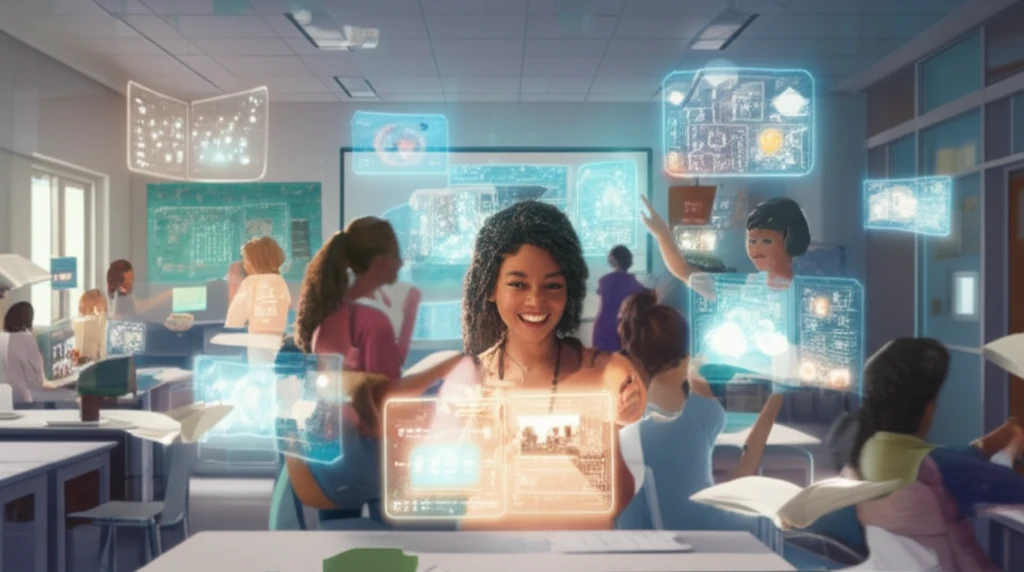
Unlock Young Learners' Potential: How Audiovisual Teaching Enhances EFL Instruction
"Discover the power of audiovisual materials in transforming English as a Foreign Language (EFL) education for young learners, enhancing comprehension and engagement in the classroom."
In today's digitally-driven world, children are constantly bombarded with media and visual stimuli. As educators, it's crucial to harness this inherent familiarity to create engaging and effective learning experiences, particularly in English as a Foreign Language (EFL) classrooms. Traditional teaching methods often fall short in capturing the attention of young learners, making it essential to explore innovative approaches that cater to their preferences and learning styles.
This article delves into the transformative potential of audiovisual materials in EFL instruction for young learners. By integrating visual and auditory aids, teachers can create dynamic learning environments that foster comprehension, boost engagement, and ultimately improve students' overall performance. We'll explore research-backed strategies and practical tips to help you seamlessly incorporate audiovisual elements into your lessons.
While early exposure to English offers numerous advantages, simply introducing the language isn't enough. Effective instruction requires adapting to the cognitive development of young learners and providing experiences that resonate with their developmental stages. This article highlights how audiovisual materials can bridge this gap, offering a powerful tool to enhance understanding and create a more enjoyable learning journey.
Why Audiovisual Learning Works: Engaging Young Minds

Young learners thrive on visual and auditory stimulation. Audiovisual materials tap into this natural inclination, making learning more engaging and memorable. Unlike traditional methods that rely heavily on abstract concepts, audiovisual aids provide concrete representations, fostering deeper understanding and retention.
- Enhanced Comprehension: Visuals and audio provide context and clarity, making complex concepts easier to grasp.
- Increased Engagement: Dynamic content captures attention and keeps students motivated.
- Catering to Learning Styles: Audiovisual aids accommodate visual, auditory, and kinesthetic learners.
- Improved Retention: Multi-sensory experiences create lasting memories and enhance recall.
- Real-World Connection: Authentic videos and audio recordings expose students to real-life language use.
Empowering Young Learners Through Audiovisual Innovation
Incorporating audiovisual materials into EFL instruction is more than just a trendy teaching technique; it's a powerful strategy for unlocking young learners' potential. By embracing visual and auditory aids, educators can create dynamic learning environments that foster comprehension, boost engagement, and ultimately empower students to achieve their language learning goals. While improvement is not always linear, the overall trend points towards significant gains in students' abilities to follow instructions and participate actively in the classroom. This approach ensures classrooms become inclusive spaces where diverse learning styles are celebrated, and every student has the opportunity to thrive.
